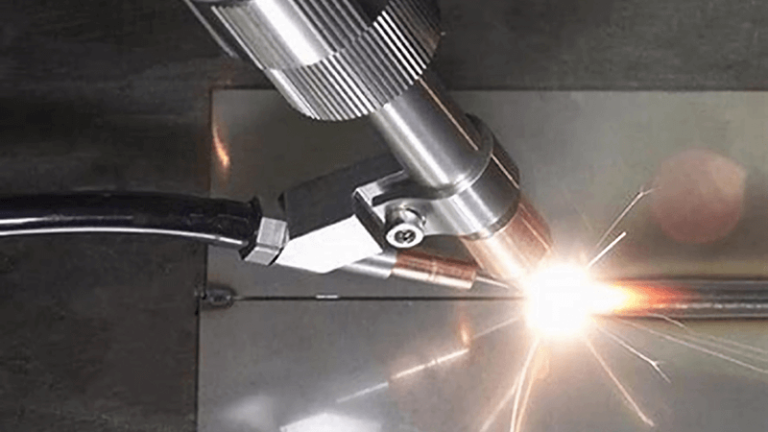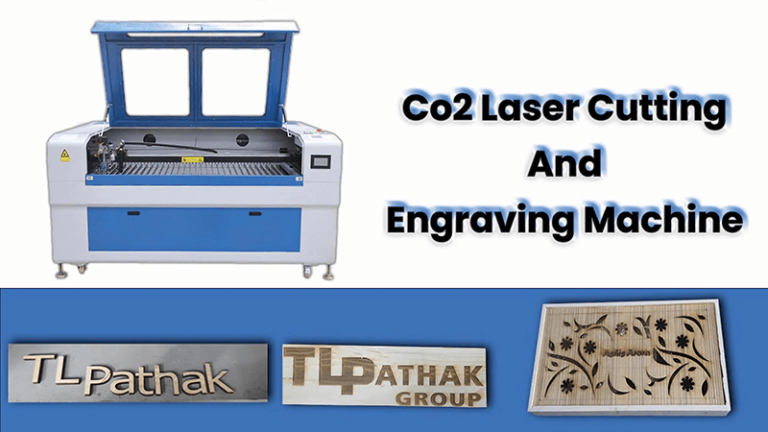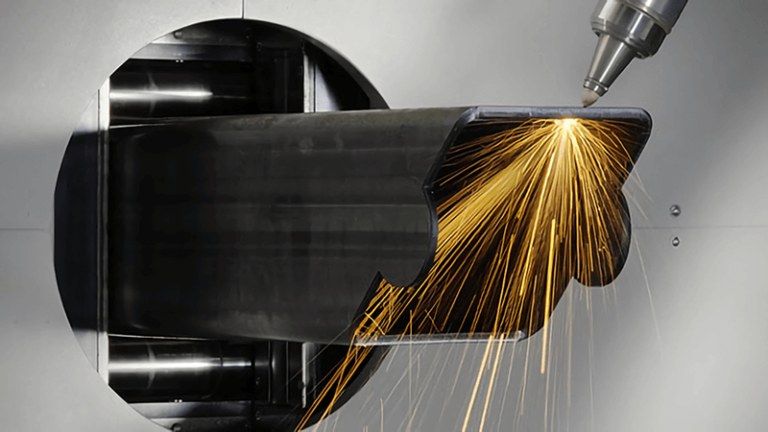Selecting the best laser welding machine for your needs can be challenging. With various models available, such as handheld and platform welders, it’s important to understand the performance and features that make each one suitable for different applications. In this article, I’ll guide you through the process of choosing the right laser welding machine.
To choose the right laser welding machine, consider factors like power output, ease of use, and the specific industry requirements. Handheld machines like the 1.5kW to 6kW models and platform machines offer various advantages depending on the scale and precision needed for your welding tasks.
Whether you're considering a handheld laser welding machine or a platform version, understanding the strengths and capabilities of each can make a significant difference in your decision. Let’s explore the factors that play a crucial role in selecting the right machine for your business.
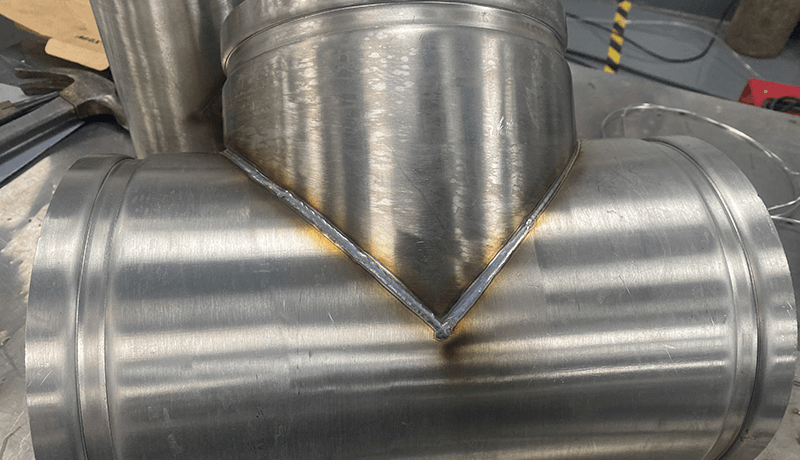
How to choose a laser welding machine?
Choosing the right laser welding machine starts with understanding your specific welding needs. Factors such as power1, material type2, and precision will help guide you toward the best choice. Let’s explore these factors in more detail.
When choosing a laser welding machine, key factors to consider include the machine’s power rating, its suitability for specific materials, and whether you need portability for on-site jobs or a more stationary solution for larger projects.
Choosing the right machine requires assessing several important criteria. Let’s dive into each one to help you make an informed decision:
Power Output: 1.5kW, 2kW, 3kW, and 6kW Models
One of the first things to consider when selecting a laser welding machine is the power output. The power of the laser directly impacts the efficiency and capability of the machine to weld different materials. For light to medium applications, a 1.5kW or 2kW laser welding machine may suffice. These are ideal for tasks such as welding thin sheets of metal or smaller components.
For more demanding applications, such as welding thicker materials or larger components, a 3kW or 6kW machine will provide greater power and speed. These higher-powered machines are capable of handling tougher materials like stainless steel3 or even aluminum with ease, delivering a stronger and more consistent weld.
| Power Rating | Ideal for | Applications | Weld Quality |
|---|---|---|---|
| 1.5kW | Small and medium components | Electronics, delicate materials | Precise, minimal distortion |
| 2kW | Medium-sized parts and alloys | Automotive, machinery repair | Strong, consistent welds |
| 3kW | Large parts, high-strength alloys | Aerospace, construction | Fast, deep penetration |
| 6kW | Thick materials and large components | Heavy manufacturing, industrial tools | High power, durable welds |
Handheld vs. Platform Laser Welders
Handheld laser welding machines are becoming increasingly popular for their flexibility and ease of use. If your work requires mobility or you're involved in projects that need frequent relocation, a handheld laser welder is an excellent choice. These machines are typically available in 1.5kW to 3kW power ranges and are great for smaller-scale welding jobs.
On the other hand, platform laser welding machines are fixed systems that offer more precision and are often used for larger or more complex welding jobs. These machines are better suited for mass production settings where consistent quality and high throughput are critical.
| Feature | Handheld Laser Welders | Platform Laser Welders |
|---|---|---|
| Portability | High (easy to move and transport) | Low (fixed location) |
| Precision | Moderate (best for smaller projects) | High (ideal for mass production) |
| Power Range | 1.5kW to 3kW | 2kW to 6kW |
| Application | Small parts, tight spaces, repairs | Large-scale, high-throughput tasks |
| Ease of Use | Easy to maneuver, beginner-friendly | More complex, often requires training |
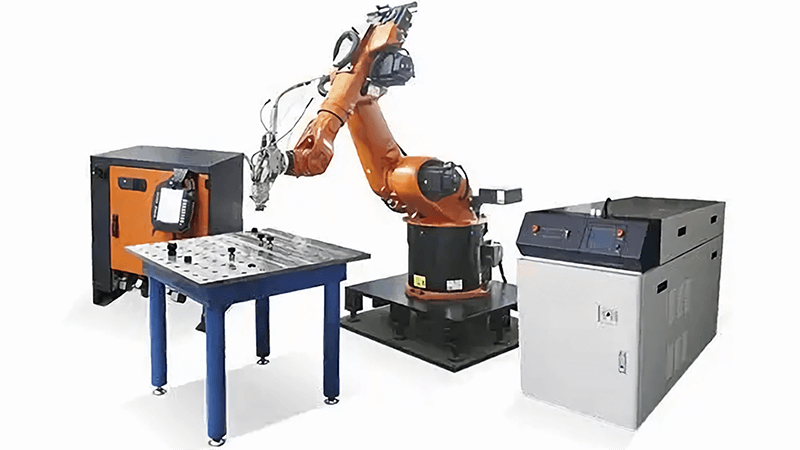
Are laser welders worth buying?
Laser welders are a significant investment, but they come with many advantages that can make them worthwhile for various industries. Let’s explore whether purchasing a laser welder is a good decision for your business.
Yes, laser welders are worth buying, especially if you're in industries requiring precision4, speed5, and minimal post-processing. The cost-effectiveness of laser welding over time, due to reduced material waste and faster welding speeds, makes it a valuable tool for many businesses.
Laser welding technology offers several advantages over traditional welding methods like MIG welding. Let's break down these benefits and see why investing in a laser welder might be the right choice for your operations.
Benefits of Laser Welding
Laser welders, including both handheld and platform models, are known for their high precision and fast welding speeds. This translates to higher productivity and better-quality welds. For instance, machines like the 2kW handheld laser welding machine are capable of welding at speeds that traditional methods can’t match, especially in tight or intricate spaces.
Another key advantage is the minimal heat-affected zone6 (HAZ) in laser welding. This means less distortion and damage to surrounding materials, which is particularly valuable when working with sensitive or thin materials.
While the initial investment may seem high, the reduction in post-weld finishing and material waste means that laser welding machines quickly pay for themselves, making them a cost-effective long-term solution for many industries.
| Advantage | Impact on Business |
|---|---|
| High Precision | Reduced errors, superior weld quality |
| Fast Welding Speed | Increased productivity, reduced cycle time |
| Minimal Heat Affected Zone | Less material distortion, better for delicate parts |
| Low Maintenance Costs | Reduced downtime, lower long-term maintenance expenses |
| Reduced Material Waste | Cost-effective, reduces scrap materials and rework costs |
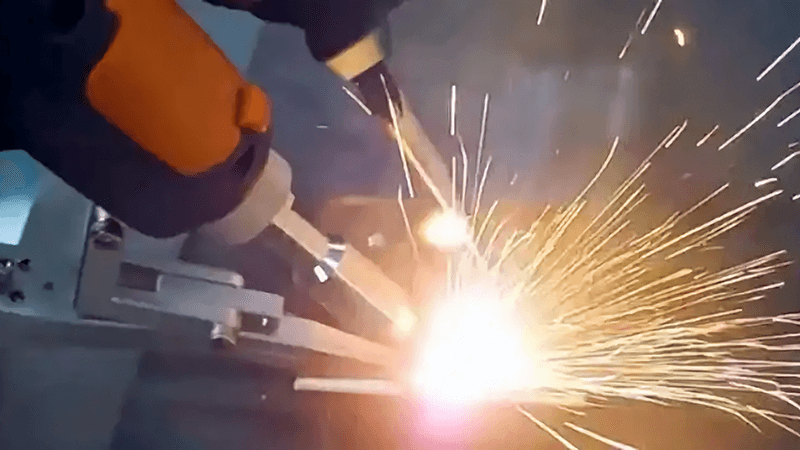
What industries benefit most from using handheld laser welding machines?
Handheld laser welding machines offer flexibility, mobility, and precision, making them ideal for a variety of industries. But which industries benefit the most from using these tools? Let’s take a closer look.
Handheld laser welding machines are most beneficial in industries where portability7 and precision8 are crucial. Industries like automotive9, aerospace10, and electronics11 often rely on these machines for their ability to quickly perform high-quality welds in tight spaces.
Handheld laser welding machines are incredibly versatile and have applications across various industries. The following industries benefit most from this technology:
Automotive Industry
In the automotive industry, handheld laser welding machines are often used for repairs and manufacturing. Their portability and precision make them perfect for welding small parts, fixing components in tight spaces, or even conducting on-site repairs. A 2kW or 3kW handheld laser welder is particularly useful for welding automotive parts with precision and speed.
Aerospace Industry
For the aerospace industry, where components must meet stringent quality standards, handheld laser welders provide high precision and the ability to weld materials without causing warping or distortion. The flexibility of these machines also allows workers to perform repairs or adjustments on-site, reducing downtime and increasing efficiency.
Electronics Industry
In electronics manufacturing, where the need for small, delicate welds is high, handheld laser welders can provide the precision necessary to join tiny components without damaging them. A 1.5kW or 2kW laser welder is often ideal for this type of work, delivering excellent results with minimal risk of material distortion.
| Industry | Key Benefits of Handheld Laser Welding |
|---|---|
| Automotive | Portability, precision, small to medium parts |
| Aerospace | High precision, minimal distortion, on-site repairs |
| Electronics | Delicate welding, precision, ability to handle small components |

How long do laser welders last?
Laser welders are built to last, but their lifespan depends on factors such as usage frequency12, maintenance13, and the quality14 of the components. Let’s explore how long you can expect your laser welder to last.
With proper maintenance and care, laser welders can last for many years. On average, you can expect a well-maintained machine to operate for at least 10-15 years, depending on the power output15 and type of machine.
Laser welders are durable machines, but their lifespan can vary based on how frequently they’re used and how well they’re maintained. Here are some key factors that affect the longevity of your laser welder:
Maintenance and Care
Regular maintenance is essential for extending the lifespan of any laser welding machine. This includes cleaning the lenses, checking the cooling system, and replacing worn parts when necessary. Machines like the 3kW handheld laser welding machine require consistent care to ensure optimal performance over time.
Usage Frequency
The more often the machine is used, the more wear and tear it will experience. High-frequency use in industrial settings may shorten the lifespan of a laser welder, especially if proper maintenance is not performed. However, in well-maintained environments, laser welders can continue working efficiently for over a decade.
| Factor | Impact on Lifespan |
|---|---|
| Maintenance | Regular maintenance extends machine life, reduces downtime |
| Usage Frequency | High usage may reduce lifespan unless maintenance is kept up |
| Quality of Parts | High-quality components lead to longer-lasting machines |
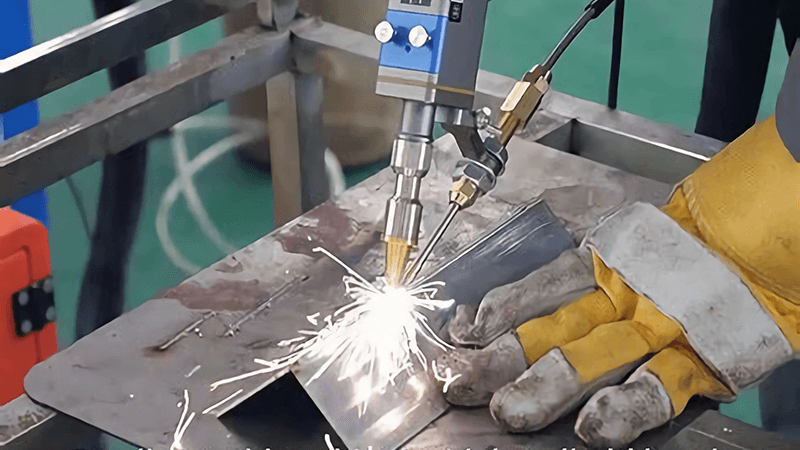
Is laser welding as strong as MIG?
Laser welding is often compared to MIG welding due to their differences in technology and application. But is laser welding as strong as MIG welding? Let’s take a closer look at the strengths of each method.
Laser welding is known for its precision16 and clean welds, but when it comes to strength, MIG welding17 can sometimes be more effective, especially for thick materials. However, laser welding offers stronger results in applications requiring minimal distortion18.
Laser welding and MIG welding each have their advantages, but their strength can differ based on the application. Here’s a breakdown of both welding methods:
Strength of Laser Welding
Laser welding excels in precision and minimal heat input, making it perfect for delicate and high-precision welding tasks. The welds produced by a laser welder, such as the 2kW platform laser welder, are generally strong and clean, with minimal post-processing required. However, laser welding may not always be as effective for extremely thick materials.
Strength of MIG Welding
MIG welding is a more traditional method that is often used for welding thicker materials. While MIG welding may not offer the same level of precision as laser welding, it creates strong, deep welds that are ideal for heavy-duty applications. For industries where strength is a priority over precision, MIG welding may be more suitable.
| Method | Strength | Ideal Applications |
|---|---|---|
| Laser Welding | High precision, minimal distortion | Thin to medium materials, precision jobs |
| MIG Welding | Strong, deep welds | Heavy-duty, thick materials |
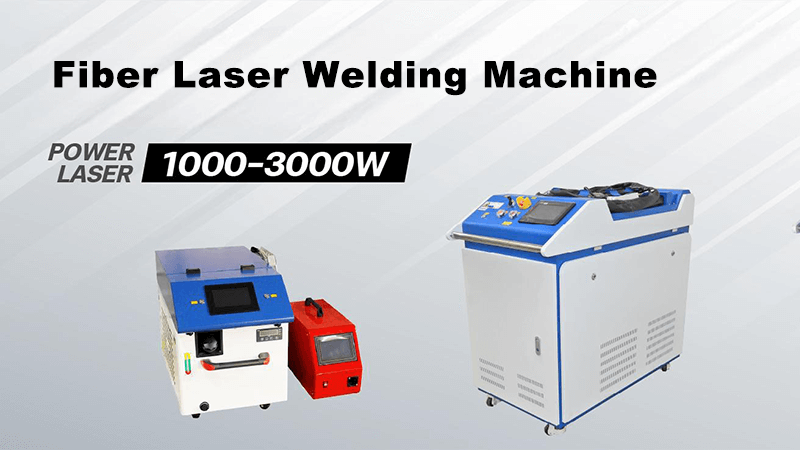
Conclusion
In conclusion, choosing the best laser welding machine depends on factors like power, precision, material type, and the specific needs of your business. Whether you opt for a handheld model or a platform machine, understanding the advantages of each will help ensure you make the right investment. Dnoot hesitate to contact us to get your best laser welding machine19 and solutions.
-
Understand how the power of a laser welding machine influences its performance. ↩
-
Find out which materials are compatible with laser welding technology. ↩
-
Get detailed instructions on how to weld stainless steel using a laser. ↩
-
Learn why precision is a key factor in the efficiency of laser welding. ↩
-
Discover how laser welding achieves higher welding speeds compared to other methods. ↩
-
Understand the significance of the heat-affected zone in laser welding and its impact on material quality. ↩
-
Understand how portability enhances the versatility of handheld laser welders. ↩
-
Discover why precision is a critical factor in handheld laser welding applications. ↩
-
Learn about the various applications of handheld laser welders in automotive manufacturing and repairs. ↩
-
Explore how precision and portability in handheld laser welders benefit aerospace manufacturing and repairs. ↩
-
Discover how handheld laser welders meet the precision requirements of electronics manufacturing. ↩
-
Understand how frequent use impacts the longevity of a laser welding machine. ↩
-
Learn about the essential maintenance practices for maximizing the lifespan of a laser welder. ↩
-
Discover how high-quality components influence the durability and lifespan of laser welding machines. ↩
-
Find out how the power output of a laser welder impacts its longevity and performance. ↩
-
Learn how precision influences the overall strength and quality of laser welding. ↩
-
Discover why MIG welding is more effective for certain welding tasks, especially for thicker materials. ↩
-
Understand how distortion affects the quality of a weld and why laser welding minimizes it. ↩
-
Kirin Laser has differnt kinds of laser welding machine for your solutions, know more details here. ↩


